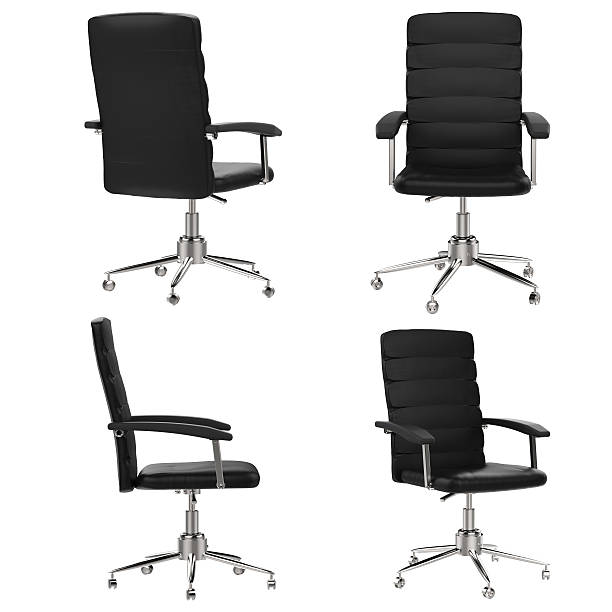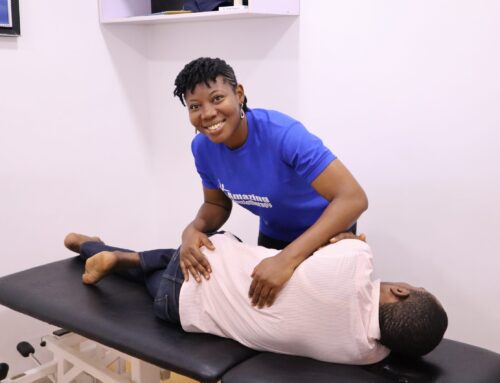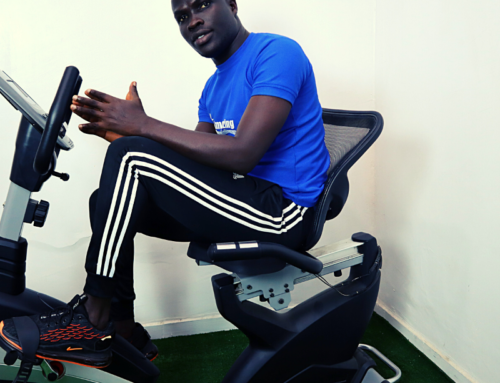What is an Ergonomic chair?
Hi Nnamdi,
Recently our office just got approval to change all the chairs at the finance department. I told you about my lingering back pain. I suspect it is our chair at the office. What does ergonomics look like? Mrs Smith
I get these questions all the time, if I don’t get to hear this I hear it not less than twice weekly.
Everybody thinks their chair is responsible for their agony but to some extent, our posture includes what we do while standing, sitting, lying and lifting etc. So the chair will not take 100% of the blame.
But if you are considering investing in a new ergonomic chair, I think it’s a wise decision as long as you won’t sit for more than 40 minutes without standing up to stretch and walk around so in essence no matter what type of ergonomic chair or regular office chair is used, short breaks should be taken throughout the day to improve circulation.
Getting up from the chair from time to time will encourage stronger posture, relieve strain on the eyes, and reduce fatigue
Firstly, in choosing an ergonomic chair you should consider is Office Chair height. Office chair seat height should be easily adjustable. A seat height that ranges from about 16 to 21 inches off the floor should work for most people. This allows the user to have his or her feet flat on the floor, with thighs horizontal and arms even with the height of the desk.

Office chair width and depth. Most of us don’t pay attention to this. The seat should have enough width and depth to support any user comfortably. Usually 17-20 inches wide is the standard. The depth (from front to back of the seat) needs to be enough so that the user can sit with his or her back against the backrest of the ergonomic office chair while leaving approximately 2 to 4 inches between the back of the knees and the seat of the chair. The forward or backward tilt of the seat should be adjustable.
Lumbar support. Lower back support in an ergonomic chair is very important because lack of back support can easily strain your back and cause you back aches. An ergonomic chair should have a lumbar adjustment (both height and depth) so each user can get the proper fit to support the inward curve of the lower back.
Chairs Backrest. The backrest of an ergonomic office chair should be 12 to 19 inches wide. If the backrest is separate from the seat, it should be adjustable in height and angle. It should be able to support the natural curve of the spine, again with special attention paid to proper support of the lumbar region.
Office Chair Seat material (leather or fabrics). The material on the office chair seat and back should have enough padding to be comfortable to sit on for extended periods of time. Having a cloth fabric that breathes is preferable to a harder surface. Sometimes people might prefer a leather cushion, whichever works best for you.
Arm rests. Office chair armrests should be adjustable. They should allow the user’s arms to rest comfortably and shoulders to be relaxed. The elbows and lower arms should rest lightly, and the forearm should not be on the armrest while typing.
Swivel. Any conventional style or ergonomic chair should easily rotate so the user can reach different areas of his or her desk without straining. Imagine have to twist uncontrollably just to reach a document that is far left, its worthy to consider a swivel type chair so you can easily rotate to whichever side you want and avoid risking to twist or bend your spine






Leave A Comment